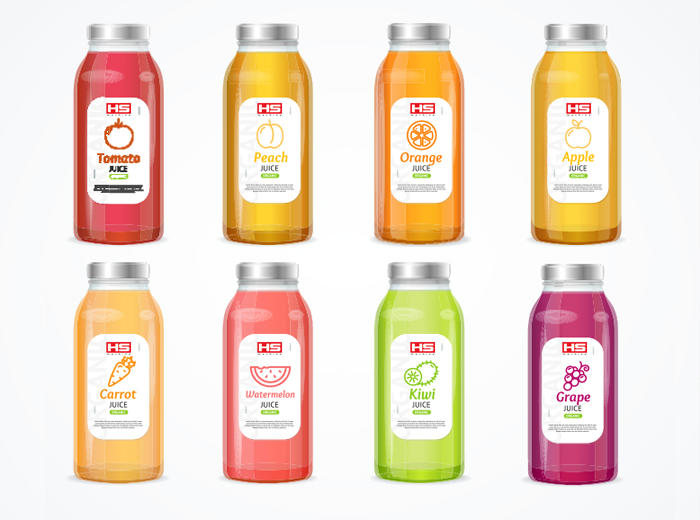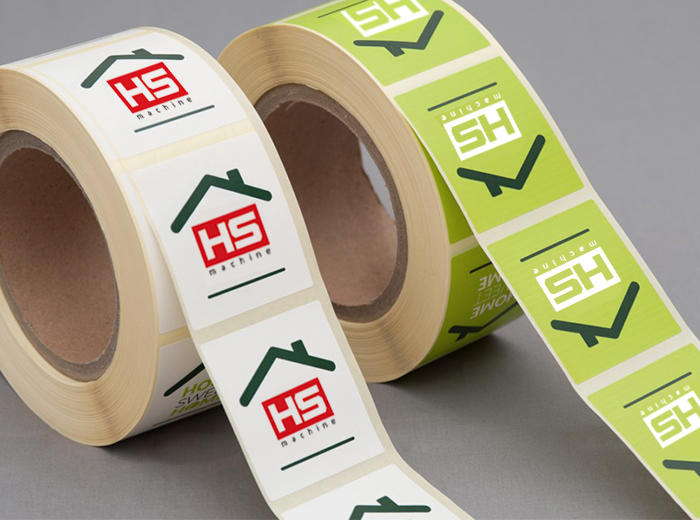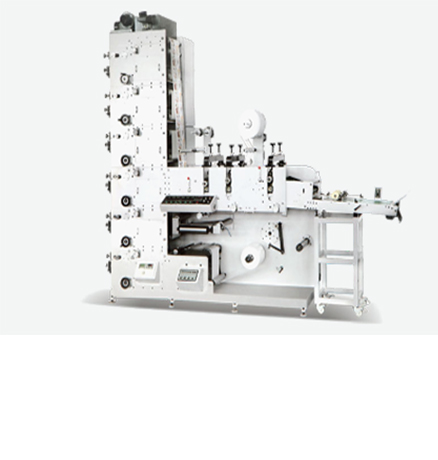In the modern consumer landscape, product labels serve as the silent ambassadors of goods, communicating essential information and shaping brand identities. From the moment a product hits the shelf, its label acts as a bridge between the manufacturer and the consumer, conveying not just facts but also values and promises. This article delves into the definition of product labels, explores the concept of prime labels, dissects their key components, categorizes their types, and illuminates the role of label flexo printing machines in their production.
A product label is a piece of material—often paper, plastic, or metal—affixed to a product or its packaging. It carries a wealth of information designed to inform, persuade, and comply with regulatory standards. At its core, a label is a communication tool. It identifies the product, provides details about its composition, usage instructions, safety warnings, and sometimes even marketing messages. For example, a food label might list ingredients, nutritional values, and allergen warnings, while a cosmetics label could detail active ingredients, shelf life, and application methods. Beyond information, labels also serve as a branding element; they feature logos, colors, and designs that make products recognizable in a crowded marketplace.

Prime labels, also known as primary labels, are the most prominent and critical labels on a product. They are the first thing consumers notice and typically contain the core information that defines the product. This includes the brand name, product name, and a succinct description of the item. Prime labels are designed to grab attention and communicate the product's unique selling proposition quickly. For instance, a prime label on a skincare bottle might prominently display the brand logo, the product name like "HydraGlow Moisturizer," and a key benefit such as "24-Hour Hydration." Unlike secondary labels that might provide additional details, prime labels focus on creating an immediate connection and delivering the most important messages that influence purchasing decisions.
A well-designed product label comprises several essential components, each playing a specific role in informing and engaging the consumer:
This includes the brand logo, which is the visual face of the company, and the brand name. These elements are crucial for brand recognition and help consumers identify products they trust. The design, color, and typography of these elements are often consistent across all product lines to maintain brand consistency.
Product Name and Description: Clearly states what the product is, sometimes with a brief description to differentiate it from similar items. For example, "Organic Cold-Brew Coffee Concentrate" clearly defines the product and its key attribute.
Ingredients or Components: Lists all the ingredients used, which is especially important for food, cosmetics, and pharmaceutical products. Regulatory bodies often mandate this information to ensure consumer safety and inform those with allergies or specific dietary needs.
Net Quantity or Size: Specifies the amount of product contained, such as "500ml" or "100g," helping consumers compare products and make purchasing decisions based on their needs.
Instructions for Use: Provides step-by-step guidance on how to use the product safely and effectively. This is particularly important for complex items like electronics or household chemicals.
Safety Warnings: Alerts consumers to potential hazards, such as "Keep out of reach of children" on cleaning products or "May cause skin irritation" on certain cosmetics. These warnings are often legally required to protect both consumers and manufacturers from liability.
Manufacturer Details: Includes the name, address, and contact information of the manufacturer or distributor, ensuring traceability and accountability.
Expiration Dates: Indicates the date after which the product is no longer safe or effective to use, crucial for perishable items like food and medicines.
Certifications and Standards: Displays logos or symbols indicating that the product meets certain industry standards or certifications, such as organic certifications, FDA approval, or eco-friendly labels.
While not always mandatory, this component can include taglines, slogans, or special offers that enhance the product's appeal. For example, a "Limited Edition" badge or a "30% More Free" message can influence impulse purchases.
Product labels can be categorized based on their function, material, or application, reflecting the diverse needs of different industries and products:
These labels focus on providing detailed information to the consumer. They are common in food, healthcare, and electronics industries. Examples include nutritional labels on food packages, which break down calorie counts, fat content, and vitamin levels, or user manuals printed as labels on electronic devices.
Branding labels prioritize building and reinforcing brand identity. They feature bold logos, distinctive colors, and unique designs that make the product stand out. Luxury brands often use high-quality materials like embossed paper or metallic foil for their branding labels to convey elegance and exclusivity.
Designed to drive sales, promotional labels highlight special offers, discounts, or new features. These can be temporary stickers overlaying the primary label, such as "50% Off" or "Try Me Free," or permanent labels that showcase a product's new and improved formula.
These labels are required by law to ensure products meet specific regulations. Examples include the CE mark on electronics sold in the European Union, which indicates compliance with safety, health, and environmental standards, or the Kosher certification on food products for religious dietary compliance.
Functional labels serve a practical purpose beyond information or marketing. They can be tamper-evident seals that show if a product has been opened, or labels with barcodes and QR codes that facilitate inventory management and provide additional digital information when scanned.

The production of labels involves a series of precise steps, and the label flexo printing machine plays a central role in this process, especially for high-quality, flexible packaging and labels.
The process begins with designing the label layout using graphic design software. The design is then converted into a digital file that is used to create printing plates. For flexo printing, these plates are typically made of rubber or photopolymer, with the image areas raised above the non-image areas, similar to letterpress printing.
The label flexo printing machine is equipped with a series of rollers: anilox rollers for metering the ink, plate cylinders to hold the printing plates, and impression cylinders that apply pressure to transfer the ink to the substrate. The machine can handle a variety of substrates, including paper, plastic films (such as PET or PVC), and foil, making it versatile for different label types.
The anilox roller picks up ink from the ink pan and transfers it to the raised areas of the printing plate. As the substrate material passes through the machine, the impression cylinder presses it against the plate, transferring the ink to create the desired image. Flexo printing is known for its ability to produce vibrant colors, even on non-porous materials, and can handle both simple and complex designs with multiple colors using a process called spot color or CMYK (cyan, magenta, yellow, black) printing.
After printing, the labels undergo finishing processes. This may include die-cutting to shape the labels, laminating to add a protective layer for durability, or adding special effects like varnish, embossing, or holographic coatings to enhance appearance and functionality. For roll-fed labels, the finished product is wound into rolls, ready for application to products or packaging.
Throughout the production process, quality control checks ensure that the labels meet color accuracy, registration (alignment of multiple colors), and material integrity standards. Any defects are identified and corrected to ensure the final labels are of the highest quality.
In conclusion, product labels are far more than just pieces of paper on packaging; they are essential tools for communication, compliance, and brand building. Prime labels serve as the frontline ambassadors, while the various components and types of labels cater to different informational, regulatory, and marketing needs. The label flexo printing machine, with its versatility and efficiency, plays a pivotal role in bringing these labels to life, ensuring they are not only informative but also visually striking and durable. As consumer expectations and regulatory requirements continue to evolve, the design and production of product labels will remain a dynamic and critical aspect of product development.


GET A QUOTE